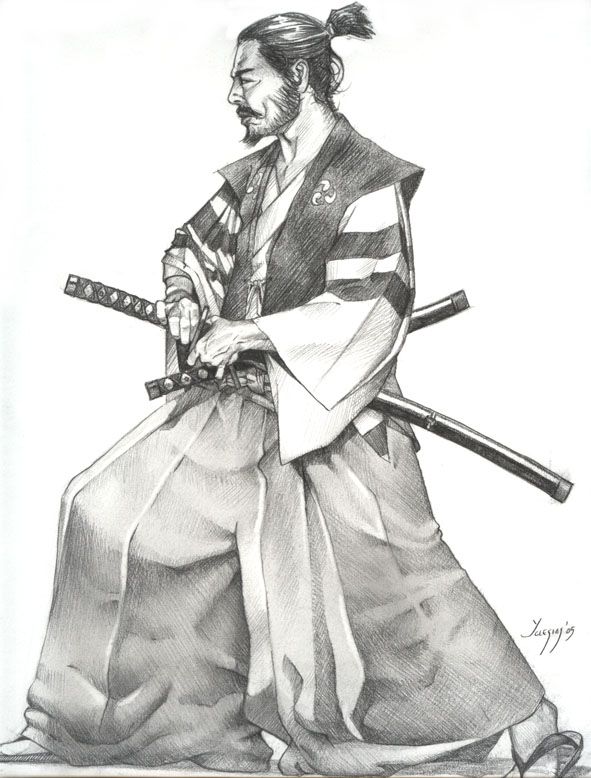MK Boxing Gym, Billerica MA, USA
 Menu
Menu
 Menu
Menu

Martial Art is not only the way of mastering fighting skills alongside with building strong personality, but in some cases it is the way to Enlightenment.
People nowadays may find it unusual to think of religious philosophy as the backbone of fighting training, yet that’s just what we find when we examine the military class of early Japan. Westerners are often confused by the term “religious philosophy” because in the West, those two subjects are distinct schools of thought. Until recently in Japan, however, there was no separation: they were connected in the sense that religion was philosophy acted out as a way of living.
One of the more popular Eastern religions, Zen, concentrates on living life to the utmost in the here and now, as opposed to focusing on the afterlife. If Zen practitioners live in this very moment, all the rest — whatever else that may entail — will fall into place naturally. That includes the main concern of the samurai warriors: proper action in the midst of deadly combat.
Japanese warrior class regarded the sword as the weapon of choice. Because great strength of will and concentration, as opposed to just technical skill, are needed to succeed in lightning-fast blade duels, the samurai turned to Zen.
Zen began in India. Around 440 to 520, a priest named Bodhidharma taught that one could attain nirvana through meditation, not just through rigorous study of the sutra (scriptures). After learning the dharma (Buddhist teachings on law and duty), Bodhidharma was told to travel to China to teach this method. China, although previously exposed to doctrinal Buddhism, seemed to be a better prospect for large-scale acceptance of such teachings.
Some popular stories consider Bodhidharma as the founder of Shaolin kung fu. The idea of Bodhidharma influencing Shaolin boxing is based on a qigong manual written during the 17th century. Thereby Zen philosophy been introduced to Shaolin warriors.
Zen was a seedling that was planted during previous era and blossomed later in Japan too. From then on, Zen continued to color life in all aspects of Japanese culture — especially the samurai class, which was socially elevated in 1192 by the emergence of the shogun.